The transition of Australia’s energy sector continues to accelerate with new data released by the Federal Government on Friday revealing renewable energy accounted for nearly one-third of the electricity produced in the National Electricity Market (NEM) in 2021.
Energy Minister Angus Taylor said in a statement that renewable energy, including rooftop and utility-scale solar PV had delivered a record 32.2% of the electricity in the NEM in 2021, a figure that climbed to 35.8% in the final quarter.
Total generation from all renewable energy sources across Australia in 2021 rose 23% compared to the previous year, delivering 72.5TWh.
A record number of rooftop solar installations was key to the renewable energy generation, with approximately 380,000 systems, a massive 40% increase on 2020, installed across Australia last year with a combined capacity of 3.2GW.
Australia has one of the highest per-capita rooftop solar installation rates in the world with a combined 17GW now installed across more than 3 million rooftops. More than 25% of Australian households are now generating power on their roofs.
While rooftop solar continued to set new records, 2.9GW of new large-scale wind and solar power stations were also committed in 2021, continuing an upward trend in renewable energy investment over the past two years.
The Clean Energy Regulator (CER) expects the first half of this year will also be very strong for new renewable energy project announcements and construction beginning on major developments.
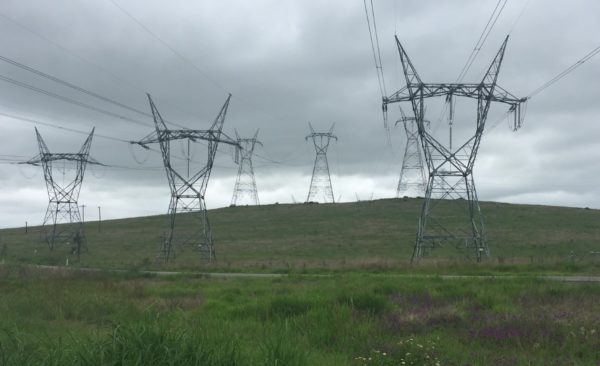
Image: DC
Energy Minister Angus Taylor said the continuing investment in renewable energy has cemented Australia’s place as world leaders in bringing down emissions.
“Last year $7.4 billion or $284 per person was invested in renewable energy in Australia. This puts us ahead of countries including Canada, Germany, Japan, France, China and the United States on a per-person basis,” he said.
The influx of renewable energy generation has caused a major shake-up in Australia’s energy market with the owners of several of the nation’s ageing coal-fired generators declaring the ongoing transition has made the fossil-fuel plants uneconomic.
Origin Energy last month announced the 2.88GW Eraring power station in the New South Wales (NSW) Hunter region will be closed in August 2025, seven years earlier than previously scheduled.
AGL has also confirmed it will bring forward the planned closure of its two biggest coal-fired power plants – including the 2.64GWW Bayswater coal-fired power plant in the Hunter to “no later than” 2033 and for its 2.21GW Loy Yang A power station in Victoria to 2045. AGL’s coal-fired Liddell power plant, also in the Hunter, is scheduled to close in April 2023.
Environmental advocates have applauded the planned closure of the coal-fired plants but Taylor warned a balance between renewables and on-demand reliable power is required to ensure the grid is stable.
“That’s why the government has taken decisive action to support the Tallawarra B gas generator and Port Kembla gas project, and we are stepping up to deliver Snowy Hydro’s Hunter power project at Kurri Kurri in the Hunter Valley,” he said.
“We are also prioritising work on a new fit-for-purpose market design, including a capacity mechanism and delivering flexible backup generation and storage such as the 2000MW pumped hydro expansion of the Snowy Hydro scheme which is needed to balance and complement very high levels of intermittent renewables.”
Taylor said the government has also committed more than $500,000 to support major transmission projects that will enable new renewable generation.
“These include the Marinus Link needed to turn Tasmania’s Battery of the Nation vision into reality and Project EnergyConnect and VNI West that will build new interconnectors between South Australia, New South Wales and Victoria,” he said.
This content is protected by copyright and may not be reused. If you want to cooperate with us and would like to reuse some of our content, please contact: editors@pv-magazine.com.
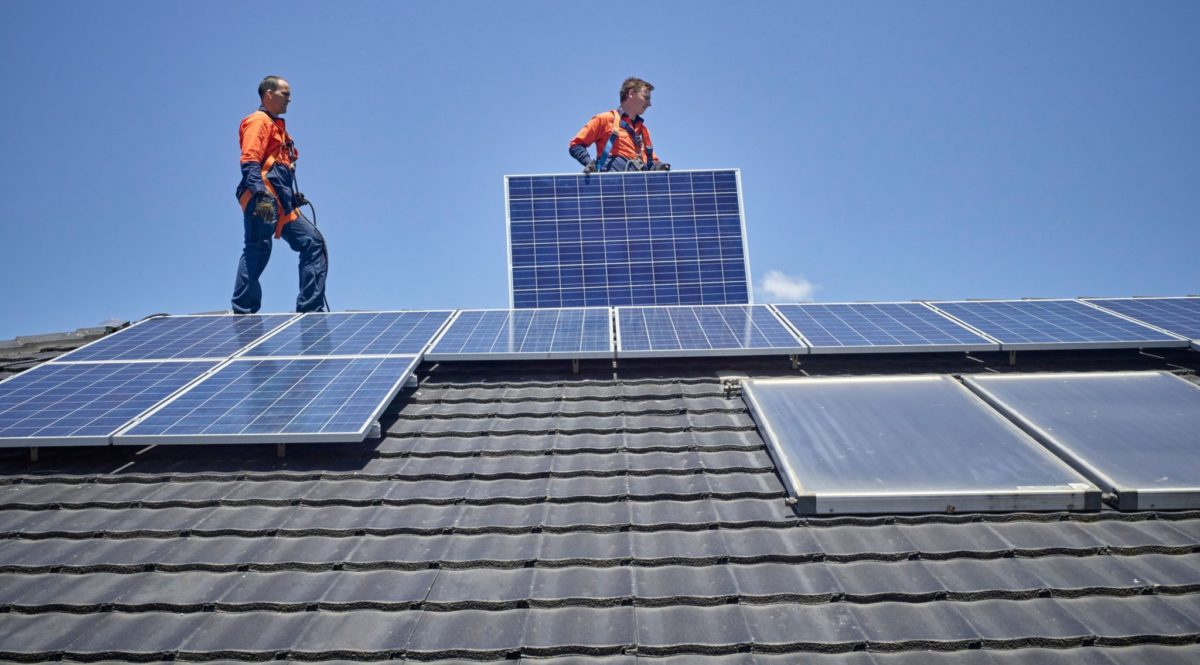
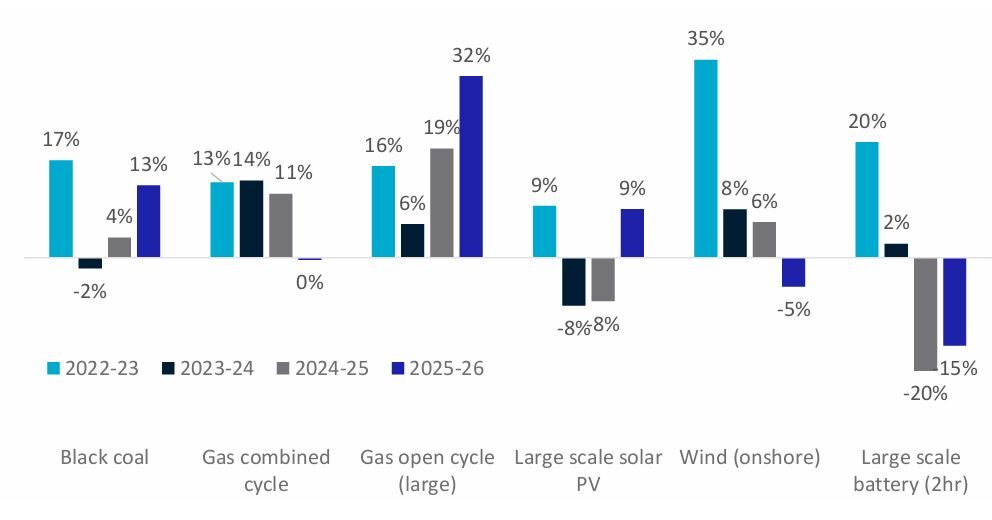



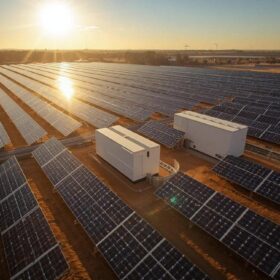
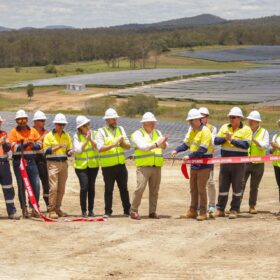

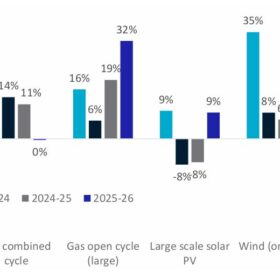
The percentage would be even higher if we actually had a Federal Government that wasn’t in bed with its fossil fuel donors, and didn’t try at every step to thwart renewable energy.